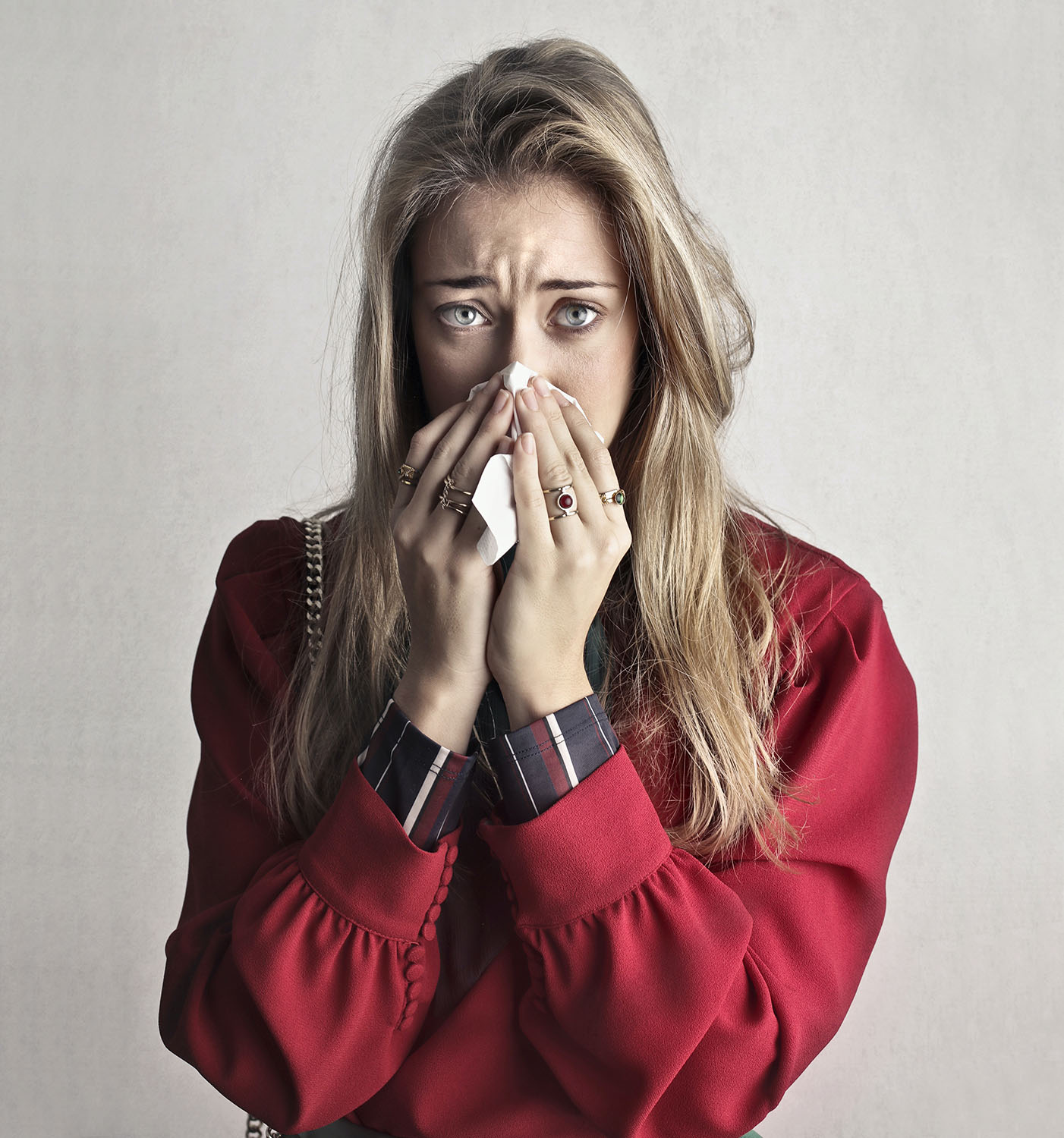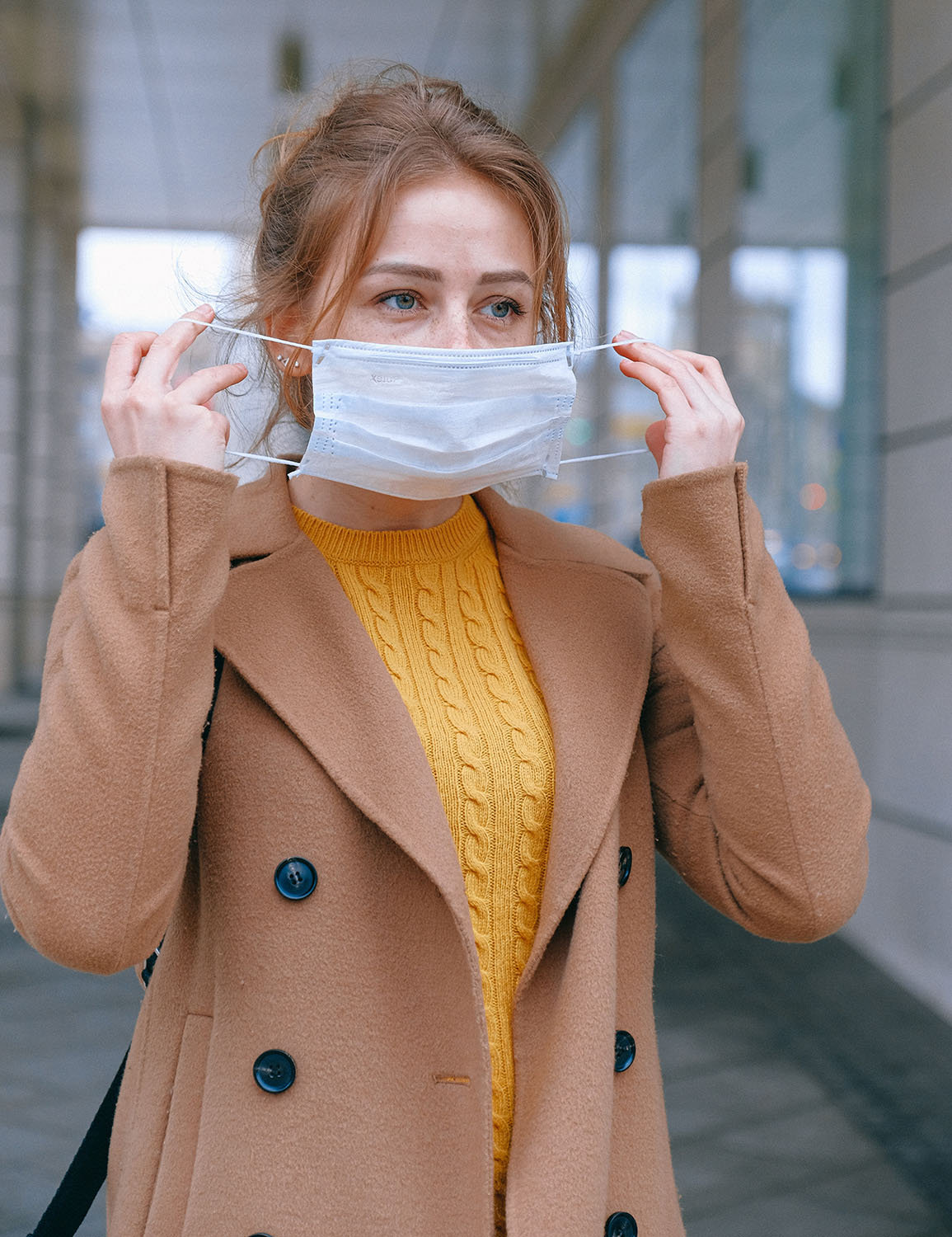Is It Flu or COVID-19?

While there are many similarities between these two viruses, there are also some notable differences.
Story by Ann Butenas

As late Fall and Winter begin to roll in, you may be a bit anxious about not only the current global pandemic of COVID-19 and its variants, but also apprehensive about how the upcoming influenza season may impact your health. It’s natural to be worried. It’s better to be prepared. Both influenza (flu) and COVID-19 are contagious respiratory illnesses, but they are not caused by the same virus. The flu is caused by infection with any of the influenza viruses and COVID-19 is caused by infection with a coronavirus that was discovered in 2019.
Dr. Paul Brune, Infectious Diseases Specialist and Medical Director of Infectious Diseases at MidAmerica Rehabilitation Hospital emphasized the importance of being prepared for the upcoming flu season while also taking into consideration the differences (and similarities!) between influenza and COVID-19.
Is it influenza or COVID-19? Be aware of the initial signs and symptoms!
“The initial symptoms between influenza (flu) and COVID-19 are quite similar and include fatigue, body aches, and fever,” noted Dr. Brune. Both can cause cough, shortness of air, and severe respiratory infection, most notably pneumonia. Pneumonia is a common presenting finding in patients with COVID-19 infection. Influenza can also cause pneumonia, but that is not the most common presentation.
A reduced sense of smell has been seen frequently with COVID- 19. It is not typically associated with influenza.
Many other viruses can cause similar symptoms.
The only way to know for sure if you have COVID-19 and/or influenza is to get tested. With the upcoming influenza season and the ongoing pandemic, health care providers will likely be testing for both COVID-19 and influenza over the upcoming months.

How are these viruses spread and how at-risk am I of contracting either of them?
According to Dr. Brune, one can become exposed to either the flu or COVID through respiratory droplets, such as when one coughs or sneezes and those droplets are released into the air.
“You can come into contact with the viruses on surfaces, too, although that is less common. Close exposure to someone who is coughing, sneezing, or even just speaking is the most direct way,” said Dr. Brune. “Among the unvaccinated (for influenza), the flu can spread in workplaces or at home. While COVID is also highly-transmissible, especially among the unvaccinated, the Delta variant seems to spread more rapidly and is more transmissible than earlier COVID-19 strains.”

After exposure to either virus, when will I notice symptoms?
With either the flu or COVID, the incubation period can depend on how big the exposure is. Dr. Brune indicated for the flu it is 1-4 days after exposure that symptoms may appear.
“For COVID it is similar, but symptoms may occur anywhere between two and 14 days. That can vary a lot based on how big the exposure was,” he stated. “If someone coughs directly on you, the onset of symptoms would tend to be on the quicker end.”
In either case, Dr. Brune noted it is still possible to become ill even if one is vaccinated. However, the illness is expected to be less severe. As for booster shots for COVID-19, Dr. Brune explained the information in that regard is still being sorted out.
“The CDC recommends boosters for Pfizer at eight months after the second shot for certain populations at this time,” expressed Dr. Brune. “A booster is also recommended for anyone over the age of 65; for anyone immunosuppressed; and/or for those in high-risk exposure settings, such as healthcare settings.”
Dr. Brune strongly recommended individuals get the flu shot every year.
“While in 2020 we had a relatively quiet flu season, which has been due to frequent mask-wearing and social distancing, influenza causes an average of 20,000 deaths annually in the United States,” cautioned Dr. Brune.

What are the complications associated with each virus?
Dr. Brune explained that while complications related to both viruses can be similar, the primary concern with both is pneumonia.
Influenza can cause primary viral pneumonia within the first few days of illness or make someone vulnerable to secondary bacterial pneumonia down the road.
“Although everyone is vulnerable to the flu, it frequently hits younger kids and the elderly the hardest,” said Dr. Brune.
With COVID-19, the main concern is developing pneumonia from the virus.
“A vast majority of deaths caused by COVID-19 have been due to pneumonia and respiratory failure,” stated Dr. Brune. “Like influenza, there may also be a risk with COVID-19 for secondary bacterial pneumonia, but so far that seems less common than with influenza.”
What are the available treatments for both the flu and COVID?
“The best way to prevent severe illness in both cases is to get vaccinated,” suggested Dr. Brune.
With treatments for COVID, Dr. Brune indicated it depends on the severity of the illness and how long the patient has been ill.
“If it is in the first few days of illness and the individual has not required hospitalization, monoclonal antibody therapies may be an option,” explained Dr. Brune. “If the individual requires extra oxygen, he or she may receive a course of an anti-inflammatory steroid called dexamethasone. If one is hospitalized and is in the first few days of illness, the most common treatment is Remdesivir, which is an intravenous antiviral medication.”
Dr. Brune indicated for some more severe or prolonged cases there are other available therapies.
For influenza, the prescription Tamiflu, an oral antiviral medication, is frequently used if the person presents in the first 2-3 days of illness.
Bottom line
During the cold and flu season, it is always important to take extra precautions with respect to your health. This translates to frequent handwashing and staying at home if you feel sick. Those at the greatest risk for COVID-19 and the flu are older adults, people with certain underlying medical conditions, which also include infants and young children, as well as pregnant individuals. However, vaccination against both viruses is strongly recommended for all eligible persons.
To minimize your risk of contracting COVID-19 infection, handwashing, and masking if out in a large crowd whether inside or outside is recommended, which can reduce your chances of contracting the virus. These precautions may also reduce the chances of contracting influenza. Avoid sharing personal household items such as glasses, cups, bowls, towels, or even bedding with others in your home. Clean and disinfect any high-touch surfaces around your home, as well.
If you have a fever, cough, or any other symptoms such as shortness of breath, sore throat, runny or stuffy nose, headache, muscle pain, or change in or loss of taste or smell, you might have COVID-19 or influenza. While most people experience mild illness and can recover at home, some do have to be hospitalized. If you are confined to your home, be sure to get plenty of rest and stay hydrated. Keep in touch with your doctor and avoid going out in public.
Monitor all of your symptoms. If you have trouble breathing, become confused, notice pale lips, skin, or nail beds, and experience persistent pain/pressure in your chest, it is highly recommended to seek emergency medical care right away, as these are the emergency warning signs of COVID-19.
Source: cdc.gov







